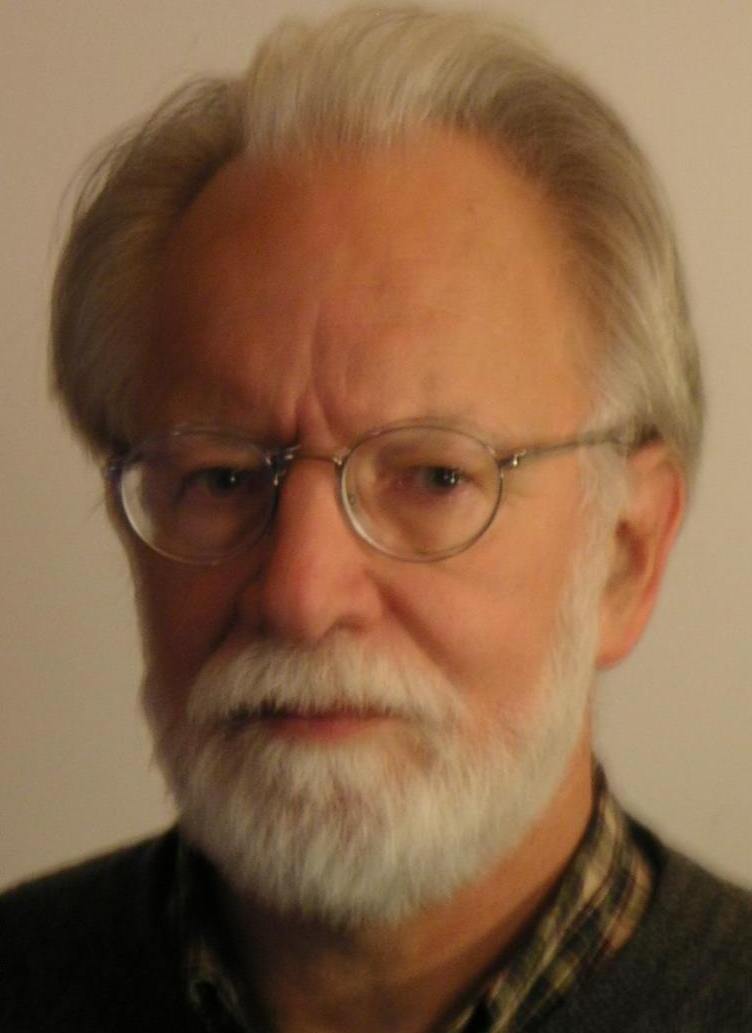Time, and Time Again!
Year: 2005
Keywords: absolute time, Maxwell field theory, conservation of energy, conservation of momentum
If a physics theory is good, beautiful, correct, etc., then it would seem reasonable to expect that it would offer a good, beautiful and correct solution to the simplest of all conceivable nontrivial physics problems. Maxwell field theory does not satisfy this desideratum! The simplest of all physics problems surely is the description of a ?toy? universe comprising one particle. This problem is, of course, trivial and boring; the particle just sits there. The next simplest problem, a toy universe of two, classical, charged particles, is both nontrivial and unsolved! There are, however, approximation techniques, so that practical problems can be mastered. Basically, they take it that one of the particles is a current, solve Maxwell?s equations at the location of the other, apply Lorentz?s force law to get the second particle?s motion. Then it in turn is taken as a current, its EM fields are calculated at the position of the first, where then Lor-entz?s force law gives a perturbation-correction. This is then continued back and forth until an approximation of the desired accuracy is obtained. But, to date, there is no widely-accepted closed formulation for the dynamics of such a toy universe. One central reason, it is asserted, is that there is no universal, absolute time able to serve as the variable conjugate to the Hamiltonian of the total system. A didactic example of this matter is well known as the ?twin paradox?. Now, this writer regards this situation as symptomatic of serious misunderstanding. If there were, in fact, no system time, then there would also be no system Hamiltonian, which in turns would mean that there would be no global conservation of energy and momentum for this toy system. But, as there are only two particles in the system, there is nowhere for energy or momentum to go; no absorbers exterior to the system, etc., so on and so forth. Energy and momentum just have to be conserved, and a formulation of dynamics taking these realities self-consistently into account must be possible. If `Nature? can do it, so can some mathematics! This matter has occupied this writer for a number of decades now, and a certain amount of potential progress has been made. In addition, at least two other ancillary issues with regard to `time? have been injecting mysticism into modern physics theories suspiciously. These include the notions of ?advanced interaction? and ?non-locality?. The paper, submitted also to Galilean Electrodynamics, surveys this writer?s proposed remedies for these problematic features.


